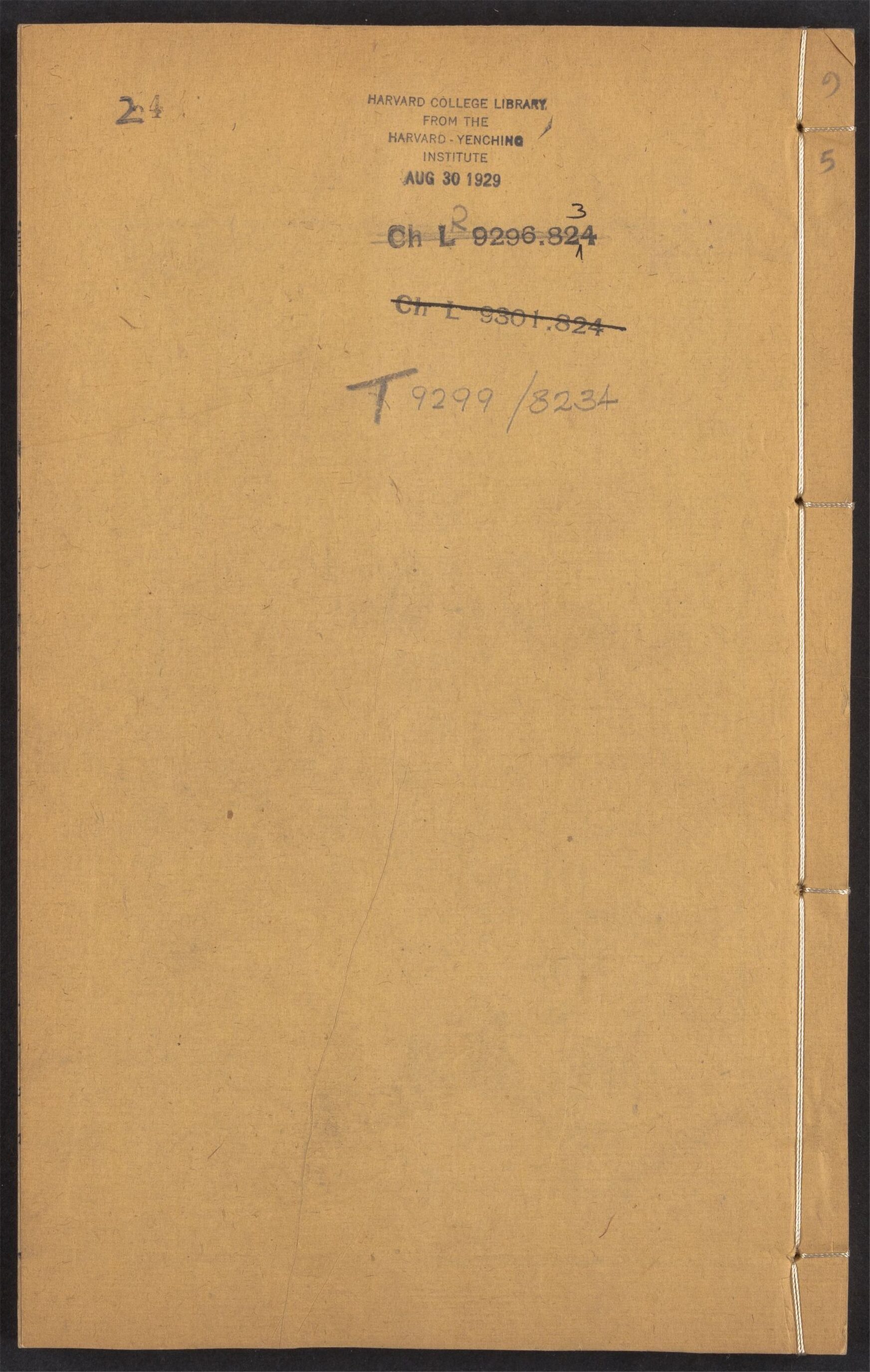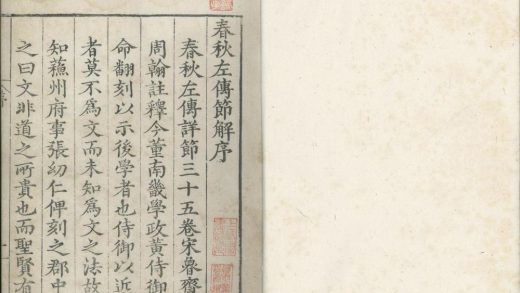【作品基本信息】
| 作者 | 陈世倌(士倌) |
| 品名 | 圣帝明王善端录(汉)册 |
| 朝代 | 清代 |
| 文件大小 | 234.95MB |
| 分辨率(DPI) | 300×300 |
| 像素大小 | 2830×2122 |
| 尺寸(CM) | 23.96×17.96 |
| 作品数量 | 13 |
| 作品收藏 | 台北故宫博物院 |
基本数据
| 藏品类型 | 绘画,书法 |
| 品名 |
清陈士倌圣帝明王善端录(汉) 册 Record of Virtuous and Sagacious Rulers |
| 分类 | 绘画 |
| 作者 | 陈世倌 |
| 数量 | 一册:十三开(本幅十三开十三幅) |
| 作品语文 | 汉文 |
典藏尺寸
| 【位置】 | 【尺寸】(公分) |
| 本幅 | 35.5×28.8 |
| 对幅 | 35.5×28.8 |
质地
| 【质地位置】 | 【质地】 |
| 本幅 | 绢 |
| 对幅 | 绢 |
参考数据
| 【类别】 | 【参考数据】 |
| 收藏着录 | 故宫书画录(卷八),第四册,页166 |
| 内容简介(中文) |
本件作品以图文对照的形式,描绘历代贤明帝王的嘉言德行,每事一图,叙事之外并加赞语,从唐虞至元明时期,分装为四册。宫廷中所制作之具有鉴诫意味的书画,常是用来教导当代的皇帝与宫室子弟,学习前代的榜样,以作为治国的规矩。 画中对于殿宇、家具、人物的描绘都很精细工整,装饰的细节一丝不茍,设色明丽。绘者不详,书写者陈世倌(一六八0-一七五八),浙江人,曾任山东巡抚。 |
| 内容简介(英文) |
This work in alternating text-and-illustration format depicts wise and virtuous rulers through Chinese history. An image appears for each event, with text for narrative and eulogy. From legendary times to the Yuan and Ming (1279-1644), this work is done in four volumes. Painting and calligraphy made at court often had strong didactic overtones to educate and influence the emperor and children at court. By learning from example and past models, it was felt they could thus rule sagaciously. The buildings, furniture, and figures here are all fine and decoratively detailed in opulent colors. The painter(s) is unknown, but the calligraphy is by Ch’en Shih-kuan (1680-1758), a native of Chekiang who served as Governor of Shantung. |
| 内容简介(中文) | 书画帝王嘉言德行。汉高祖到曲阜祭拜孔子,表彰儒家,立下了汉代四百年基业。汉文帝在上朝的路上,臣下进谏,必定停车接受,说的有道理的,固然接受,没道理的置之不用就是。汉光武帝即位后,与民休息,不兴军事。这种称为鉴戒题材的书画,用来警惕当世的皇帝,学习前代的榜样,作为治国的规矩。书写者陈世倌(一六八0-一七五八)浙江海宁人,曾任山东巡抚。 |
| 内容简介(英文) | This album is composed of leaves of text and illustration on the virtuous and upright conduct of rulers throughout Chinese history. Here are 3 examples from the Han dynasty. In one, Kao-tsu is being carried in a carriage to Ch’ u-fu to pay homage at the tomb of Confucius, paving the way for 400 years of Confucianism at court. In another, Wen-ti is in a carriage pulled by horses. If an official made an important request, he would stop to accept it. Finally, Kuang-wu-ti, giving the people a respite from war, makes offerings in a hall. These didactic works were meant to instruct the emperor on models from the past in ruling the country. The text was by Ch’en Shih-kuan (1680-1758), Commissioner of Shantung. The paintings are anonymous. |
| 收藏着录 | 故宫书画图录,第三十册,页374-381 |
【作品展示】
册-汉光武帝一.jpg)
清陈士倌圣帝明王善端录(汉)册-汉光武帝一
册-汉光武帝二.jpg)
清陈士倌圣帝明王善端录(汉)册-汉光武帝二
册-汉宣帝.jpg)
清陈士倌圣帝明王善端录(汉)册-汉宣帝
册-汉文帝一.jpg)
清陈士倌圣帝明王善端录(汉)册-汉文帝一
册-汉文帝三.jpg)
清陈士倌圣帝明王善端录(汉)册-汉文帝三
册-汉文帝二.jpg)
清陈士倌圣帝明王善端录(汉)册-汉文帝二
册-汉文帝五.jpg)
清陈士倌圣帝明王善端录(汉)册-汉文帝五
册-汉文帝六.jpg)
清陈士倌圣帝明王善端录(汉)册-汉文帝六
册-汉文帝四.jpg)
清陈士倌圣帝明王善端录(汉)册-汉文帝四
册-汉明帝一.jpg)
清陈士倌圣帝明王善端录(汉)册-汉明帝一
册-汉明帝三.jpg)
清陈士倌圣帝明王善端录(汉)册-汉明帝三
册-汉明帝二.jpg)
清陈士倌圣帝明王善端录(汉)册-汉明帝二
册-汉高祖-1.jpg)
清陈士倌圣帝明王善端录(汉)册-汉高祖



![_[浙江樂清]新坊陳氏宗譜二十卷(第十三冊卷十三)__](https://www.yfshuhua.com/wp-content/uploads/2024/10/07620_浙江樂清新坊陳氏宗譜二十卷(第十三冊卷十三)_0924175225_1.jpg)
